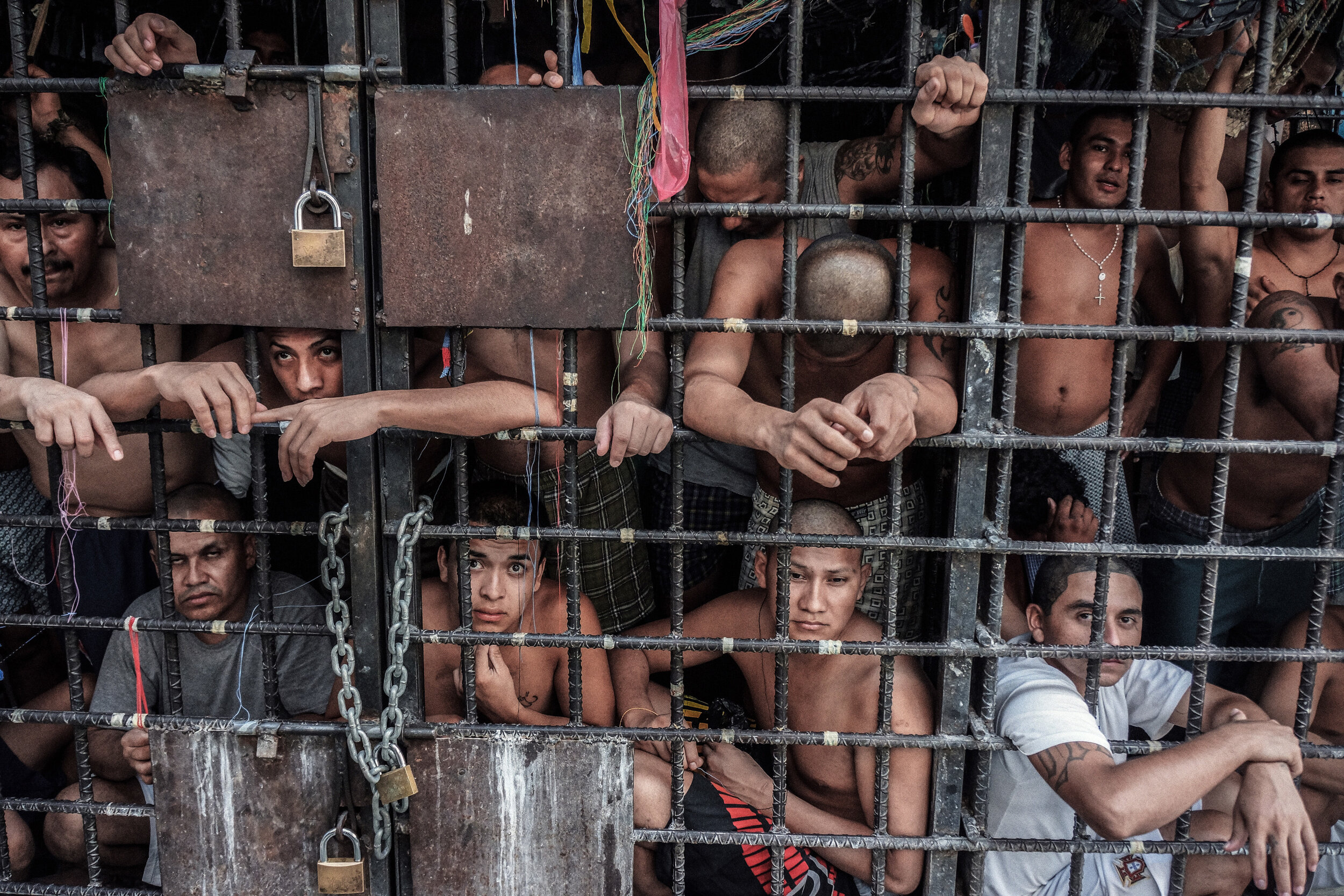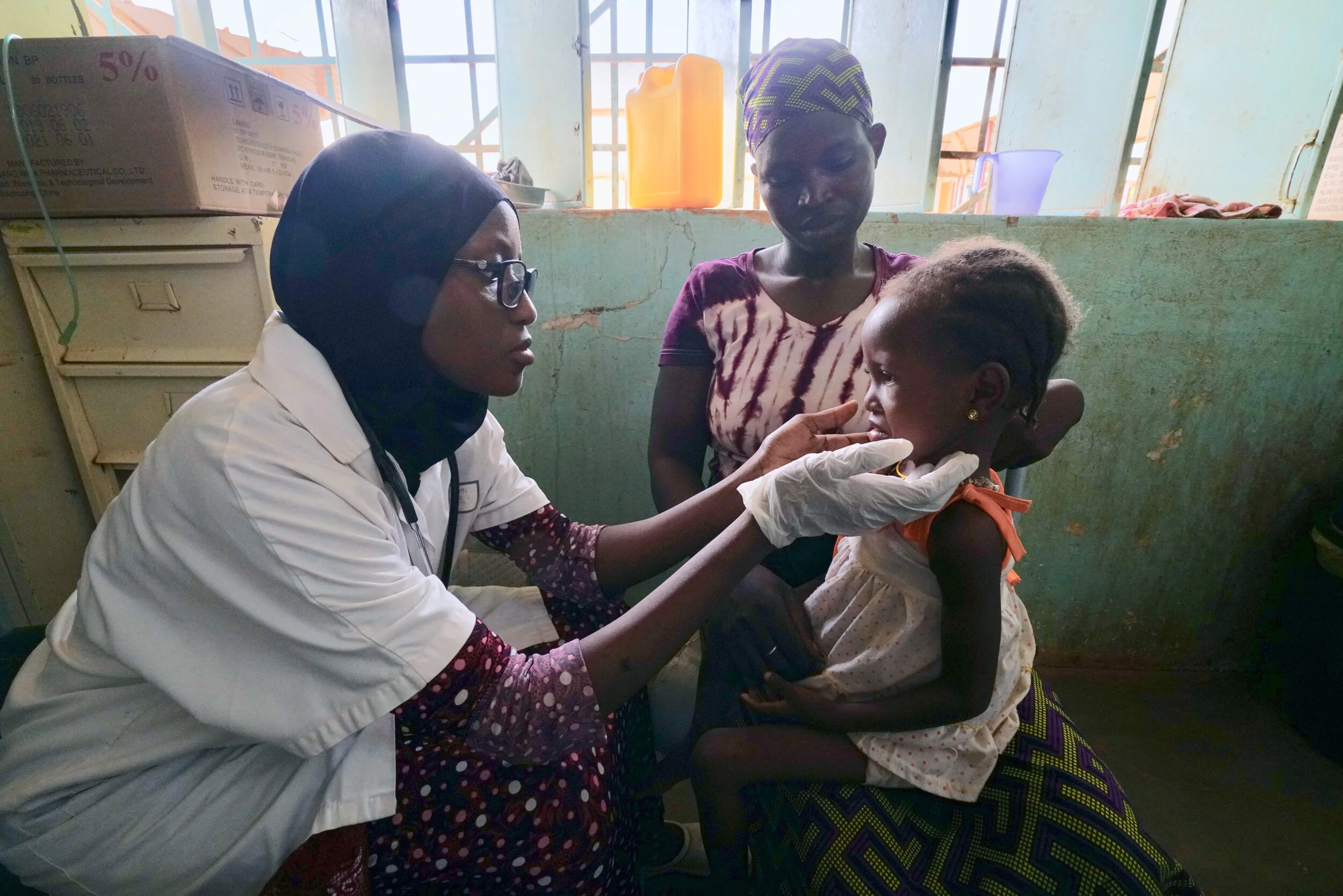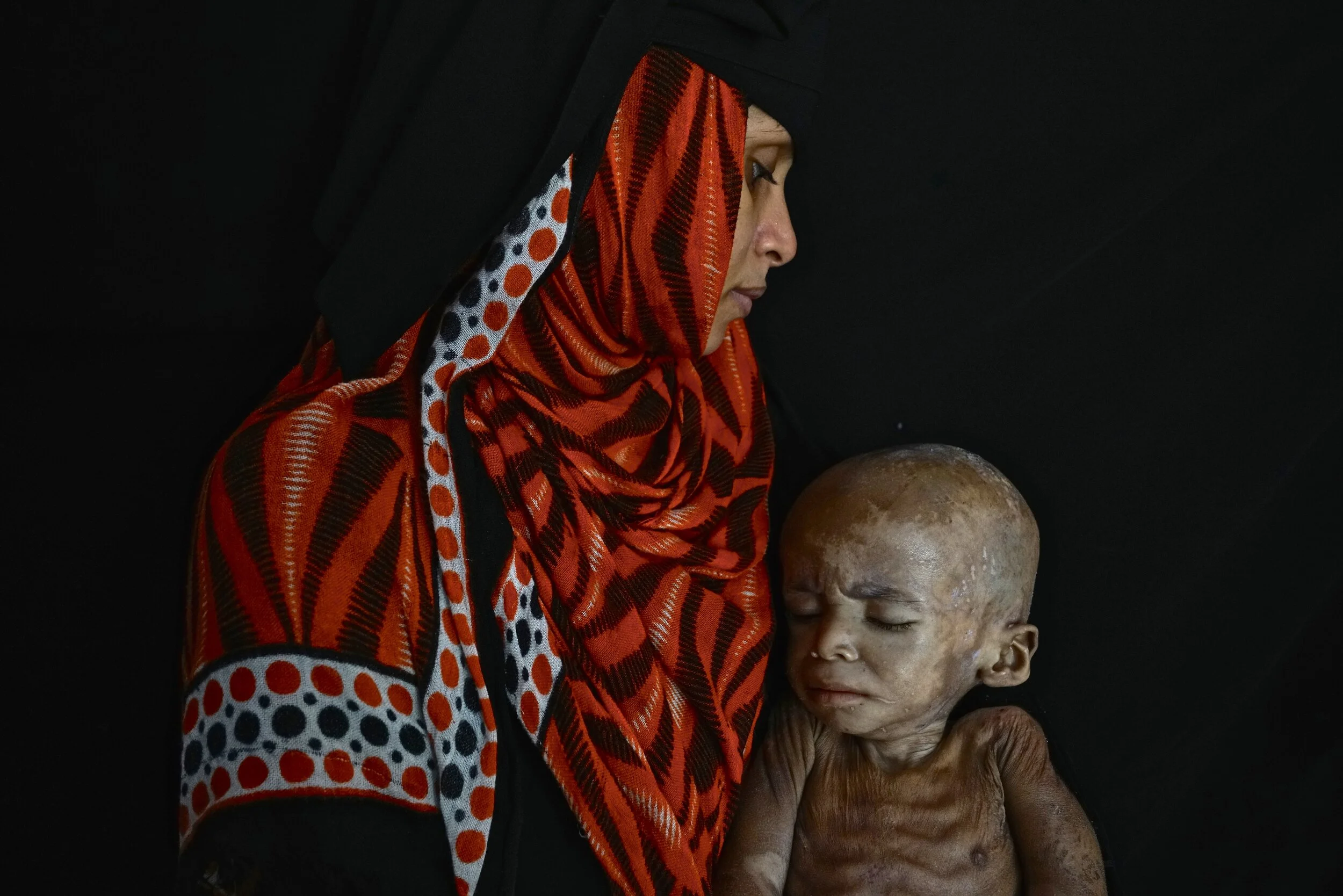Conflict Camera: Through the Lens with Giles Clarke
War and Post-Conflict Photojournalism Through the Lens is a photo series and interview with New York-based British photojournalist Giles Clarke. Giles has travelled to over 80 countries as a photojournalist, largely covering humanitarian, conflict and post-conflict assignments, most recently with the United Nations Office for the Coordination of Humanitarian Affairs (UN-OCHA).
He is represented by Getty for image distribution.
A Note from the Curator
This is one of the most powerful ‘Through the Lens’ series I have had the honour to curate, not just because of the powerful, emotional, heartbreaking, resilient, and awakening images that Giles has taken, but also because of his personal journey and story.
Giles is incredibly passionate about his work and his subjects, and as much as I’d like to comment on the driven and down to earth person he is, he is uncomfortable with personal praise. Rather, Giles prefers to “let the work speak for itself.” I too believe this to be true, as Giles’ work serves as a wake-up call to people around the world to open their eyes, minds and hearts to human struggles.
I’m thrilled to be able to present a sample of his work, experience, and personal philosophy in this question and answer Behind the Lens photo series.
San Salvador, El Salvador. Accused gang members from El Salvador’s notorious MS13 sit in a prison cage outside the capital San Salvador in 2013. This photo series was particularly important to Giles’ work, as it led to the UN calling on El Salvador’s government to directly address issues in the country’s prisons and judicial system. Giles Clarke / Getty Images.
CAN YOU DESCRIBE SOME OF THE MOST MOVING STORIES YOU’VE ENCOUNTERED IN YOUR WORK?
I have been fortunate to have worked on stories in over 80 countries to date so the list of extraordinary people that I have met to date is long. I have always been amazed by those serving for others in places of extreme poverty or danger. From doctors, teachers and nurses to aid workers and the many brave community leaders, the role of those who work tirelessly to serve their societies is immense.
Local fixers, who help people like me get to the source and heart of difficult regions and stories, take daily risks to serve our needs. I always am so grateful to them.
Just recently, in May 2019, I found a young female doctor, Dr. Narfissatou Karbogo in a remote malnutrition clinic in northern Burkina Faso who was working on her own and tending some 40 displaced mothers a day who would arrive at the remote clinic with very severely malnourished babies. The desolate hospital where she worked had been attacked many times, yet here she was working with these desperate mothers under the toughest of conditions with very limited medical supplies.
Although for security reasons, I was only allowed to spend two days shadowing Dr. Karbogo, it was long enough to leave a deep impression and capture a sense of her courageous work. Highlighting and documenting these rare souls hopefully serves to inspire others in her field and people everywhere. These are the unsung heroes that deserve recognition.
Barsalogho, Burkina Faso. Dr. Narfissatou Karbogo tends to mothers and their children in a remote malnutrition clinic in northern Burkina Faso. Giles Clarke / UN-OCHA.
Barsalogho, Burkina Faso. A mother with her malnourished baby at a field hospital. Giles Clarke / UN-OCHA.
THE GUARDIAN ANGEL OF GUATEMALA
Another powerful story I recorded a few years ago was 'The Guardian Angel of Guatemala' which started as a photo story but ended up as a short film. The piece features a volunteer mobile trauma doctor who rides around Guatemala City in his beaten-up EMT truck tending to everything from traffic accidents to gunshot wounds- of which there are hundreds every week in Guatemala City.
I worked alone with my subject, Doctor Jorge Chiu, for three weeks in early 2014. The doctor would often treat victims in the street before organizing local paramedics and transportation to local hospitals.
Guatemala City has one of the highest murder rates in the world and is plagued by gang violence mostly driven by the lucrative drug trade between South America and the United States. Through Dr. Chiu's eyes we get a glimpse of the invaluable work by him and fellow paramedics who work, on a voluntary basis, to save lives on the streets of Guatemala's capital.
The film, released in 2014, raised $30,000 through hundreds of personal donations in a crowdfund link at the end of the film which aired on VICE. These donations went a long way toward funding a new EMT (emergency truck) for Doctor Chiu that went into service in mid-2015.
Guatemala City, Guatemala. Emergency responders attend to a murder. Giles Clarke / Getty Images.
Guatemala City, Guatemala. Firefighters on the front lines in Guatemala. Giles Clarke / Getty Images.
Guatemala City, Guatemala. Dr. Jorge Chiu tends to a gunshot victim in Guatemala City. Giles Clarke / Getty Images.
Guatemala City, Guatemala. Dr. Chiu checks on a women in a wheelchair. Giles Clarke / Getty Images.
WHY IS IT IMPORTANT TO HIGHLIGHT PLACES AND PEOPLE AFTER ACTIVE CONFLICT HAS PASSED?
Conflict generally leaves a very long period of destruction, poverty and suffering for years or decades after, but in today's live-news world the majority of in-depth coverage soon wanes as editorial and situational interest moves on. My focus in these troubled regions is almost entirely geared towards raising awareness for the humanitarian crisis that follows the war.
Much of the work I have done in the past 5 years has been with the United Nations, which relies entirely on life-saving Member State donations to fund global humanitarian aid response. Showing powerful, up-to-date imagery can hugely affect the mindset of those unaware of certain issues within the crises.
I have always believed poignant and more personal human stories from the field are a very effective way to highlight the regions and people who are most in need. On the whole, with overseas mainstream news budgets at an all-time low, a low-key three-person team can be extraordinarily effective in the field these days.
Sinjar, northern Iraq. An Iraqi Kurdish Peshmerga soldier stands in the destroyed Yazidi home while on the front lines combatting ISIS in Iraq and Syria. Giles Clarke / Getty Images.
Kirkuk, Iraq. Peshmerga soldiers stand on top of their tanks on the front lines of ISIS territory. Giles Clarke / Getty Images.
Benghazi, Libya. Sub-Saharan immigrants line up for morning registration at a detention centre. Giles Clarke / UN-OCHA.
Samos, Greece. A family of Syrian refugees prepares to cook a meal in their makeshift camp. Giles Clarke / Getty Images.
WHAT MAKES POST-CONFLICT ZONES PARTICULARLY VULNERABLE? WHAT DO YOU HOPE PEOPLE TAKE AWAY FROM SEEING YOUR WORK?
As I alluded to above, these troubled areas are often quickly forgotten in the months and years after the main news outlets decide to move on. There's often a lawless governance vacuum at the end of the main hostilities, which in turn leaves the general population very vulnerable to many debilitating issues.
Many of the most volatile areas remain dangerous or hostile for years. In areas such as Libya, Iraq and Syria, the local population (and aid workers) often have to deal with unexploded ordnance and mines that add another danger level. But these places DO matter, not just to those stuck in the ruins and rut of poverty, but also in the framework of geopolitical stability and economic progress.
I feel that it is critical for people to realize that wars are often driven by profit and geopolitical greed which is often shrouded in a swirling fog of lies in much of today's mainstream media. And in the middle of all that chaos are families and communities. These are the people who I tend to focus on.
Benghazi, Libya. A man walks between bombed-out buildings in Benghazi. Giles Clarke / UN-OCHA / Getty Images.
WHAT EMOTIONS AND STORIES DO YOU SEEK TO CONVEY THROUGH YOUR PHOTOJOURNALISM WORK?
I believe the lifeblood of the work should be about honesty and pointed realism combined with respectful dignity. Some situations, such as Yemeni severe-malnutrition wards, are desperately hard places to work but I think critical to convey, especially in a world where many regions are becoming harder and harder for press access.
We are obliged to show the real story, however hard that might be to the viewer. The importance of photojournalism is to pictorialize the truth; to document the now and respectfully highlight that situation.
I often tell my workshop students that when looking for stories or editing some tough fieldwork, to consider the impact of the imagery, without being gratuitous, and try to give the story a sense of character, either with people or through a contextual medium.
Telling the story can be done in so many different ways. That is the challenge of the job at hand.
Saada, Yemen. A Yemeni boy stands in his classroom, covered in rubble from aerial bombings. Giles Clarke / UN-OCHA.
Sana’a, Yemen. Abdul Abdullah Al Qanisi fled the Sawad region after an airstrike demolished his home. He now works as a parking attendant. Giles Clarke / UN-OCHA.
Sana’a, Yemen. A Houthi elder stands guard in the Sarawat mountains to the east of Sana’a in Yemen. Giles Clarke / UN-OCHA.
Aden, Yemen. A young Yemeni mother, Rokaya aged 25, with her severely malnourished child, Fawaz, photographed in Al Sadaqah hospital. Giles Clarke / New York Times.
WHAT ARE SOME OF THE CHALLENGES YOU FACE WORKING IN CONFLICT AND POST-CONFLICT ZONES?
There are so many challenges when working in war zones but team safety sits firmly at the top of the list. Being prepared is key and always listen and try to be informed on the security situation.
For example, in the interior of Somalia, we had a maximum of 20 minutes in some villages before local Al-Shabaab militants could be mobilized through lookout soldiers in the area. This tiny window of time makes reporting incredibly difficult but you always have to work with the restrictions you have.
Other challenges are standard wherever one goes. These include building local trust, respecting local traditions and finding new ways to tell the story in hand.
Then there are the daily issues that go with any field visit such as maintaining good personal health (food choices are important) and always being aware and up to date of local health issues. Then of course there's the hidden long term battle against dealing with all one has seen and experienced in the field and how to deal with that.
I try to compartmentalize the horrors that I have witnessed in the field by taking off an imaginary coat and hanging it outside my door when I arrive home to my wife and children. I think one has to be very careful not to bring home the deep negative elements to the family who are simply going about their lives and facing their own challenges.
It took me a long time to realize this but losing that coat of hypersensitivity, anger and sadness before one arrives home is key to the delicate balance of life at home.
Dinsoor, Somalia. A Somali woman stands outside an IDP camp in Somalia, an area frequently under attack from Al-Shabaab militants. Giles Clarke / UN-OCHA.
Mile 13, Mogadishu, Somalia. A baby with skin burns cries at an IDP camp in Somalia. Giles Clarke / UN-OCHA.
Baidoa, Somalia. The view from the window of a UN plane as it prepares to land in Somalia. Giles Clarke / UN-OCHA.
HOW DO YOU MANAGE THE RISKS OF WORKING IN THESE PLACES?
I spent years as a lone photographer in some of the world's hardest neighbourhoods so self-preservation has been a key thing. In these places, I would often find a trusted local who knows the area and the people I might need to work with.
Nowadays a camera is often seen as a threat and on more than a few occasions I have been threatened verbally or by people with weapons. Unfortunately, the work we do sometimes provokes this hostility.
At the end of the day, it's often a combination of common sense, basic risk management and, if lucky enough, a security unit on hand to watch your back. Following the advice provided by your security team and the latest security reports should remain a top priority.
Often the need to get the picture can be a delicate balance of risk. Make a clear assessment of the situation before putting yourself and the team in harm's way.
Also, I try to always travel very light in the more gnarly places- as small a kit as possible. In some areas, such as Somalia, the physical process of personal protection, including helmets and 40lb flak jackets, adds other layers of difficulty.
San Salvador, El Salvador. Prisoners languish in a metal cage in San Salvador. These men are accused criminals but have not yet been tried or convicted of any crimes. Giles Clarke / Getty Images.
San Salvador, El Salvador. Accused criminals members pose for a photo in prison. Giles Clarke / Getty Images.
San Salvador, El Salvador. A MS-13 gang member with face tattoos looks at the camera. Giles Clarke / Getty Images.
Tegucigalpa, Honduras. In a sprawling dump on the outskirts of the Honduran capital of Tegucigalpa, Josue, 13, collects recyclables from the trash. He said 'I wear my Spiderman mask to hide my age and identity. Giles Clarke / Getty Images.
IF YOU COULD IMPART ONE KEY LESSON TO PEOPLE LOOKING AT YOUR WORK, WHAT WOULD IT BE?
The most important thing for me is to highlight the many difficult and underreported issues in these troubled regions today. If viewers can come away from the work with a little added insight and some compassion toward the situation concerned then I have to feel encouraged.
I do believe that photography, if used effectively, has the power to change perceptions which, ultimately, makes the camera a very powerful tool for sustained activism.
Port-au-Prince, Haiti. In a 200-acre-plus dump 5 km north of Haiti’s capital, hundreds of men, women and children scavenge day and night through the burning wasteland. Giles Clarke / Getty Images.
Port-au-Prince, Haiti. Three trash collectors pose for a photo in the Port-au-Prince dump. Giles Clarke / Getty Images.
A NOTE FROM THE CURATOR
Giles and I worked hard to make this piece something special and I’m grateful to be able to present it. The intention behind it is to not only give you an inside perspective to Giles’ life work, but to also help shed light on elements of human society that inspire you to shift your perspective. These images and stories challenge you to confront uncomfortable realities.
I hope this Through the Lens piece encourages you to question more of the world around you, and to think more open-mindedly and compassionately.


























